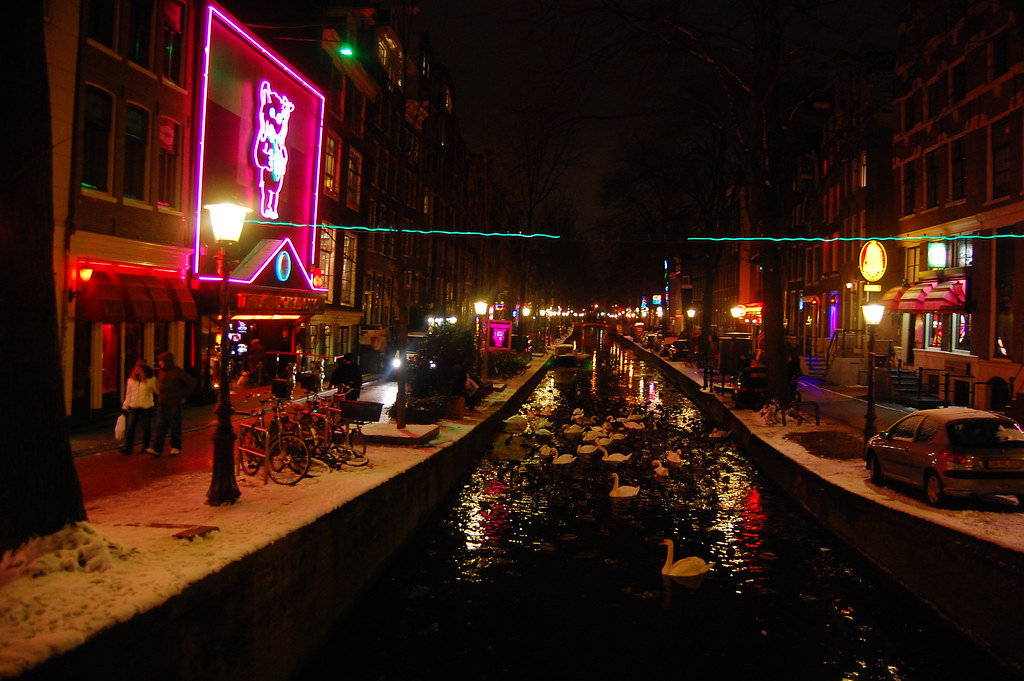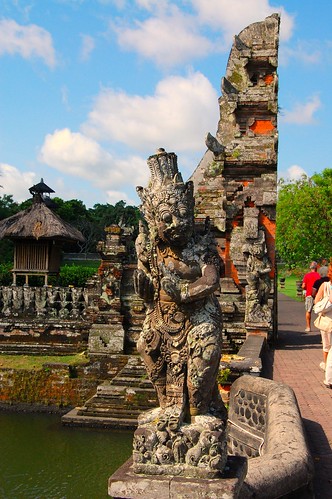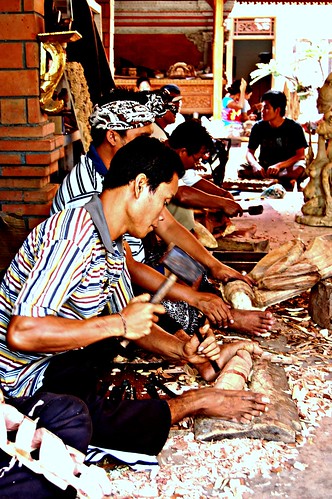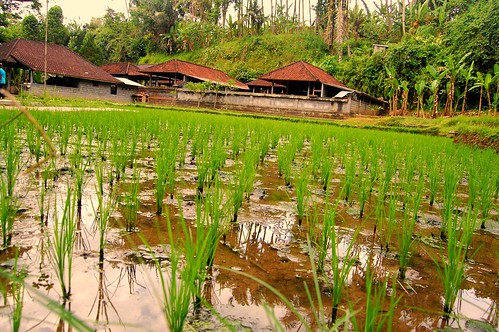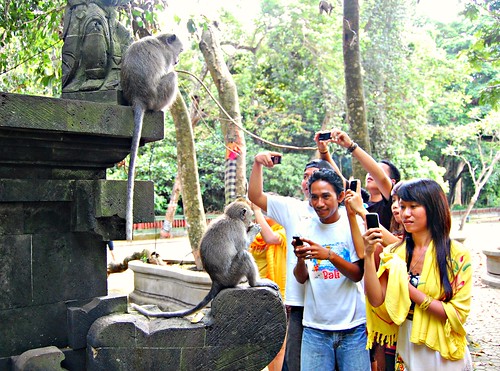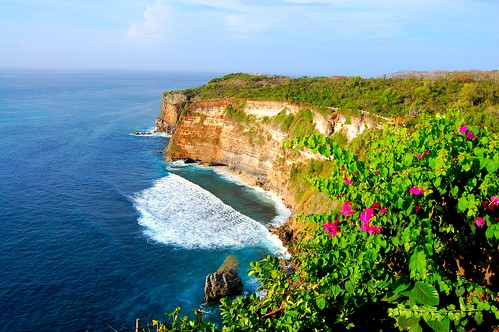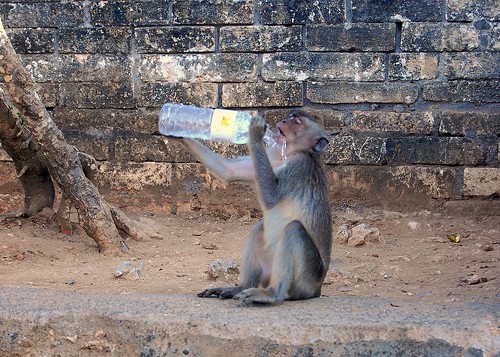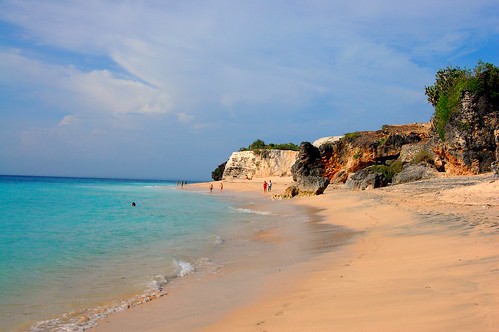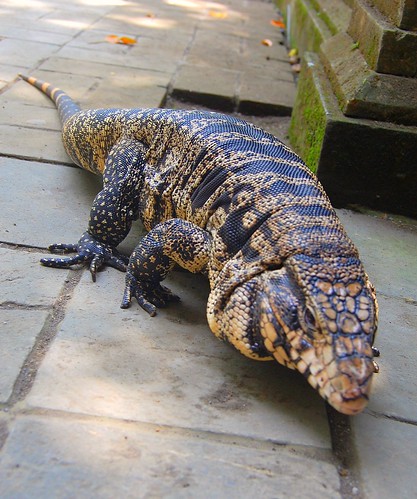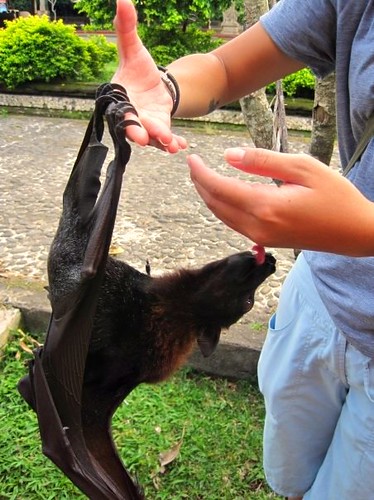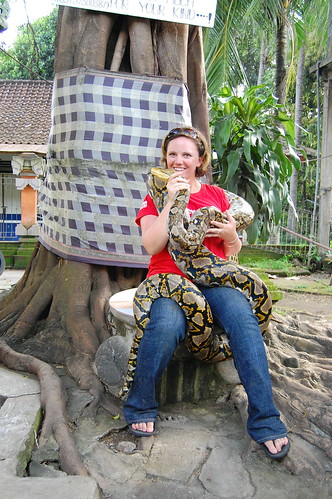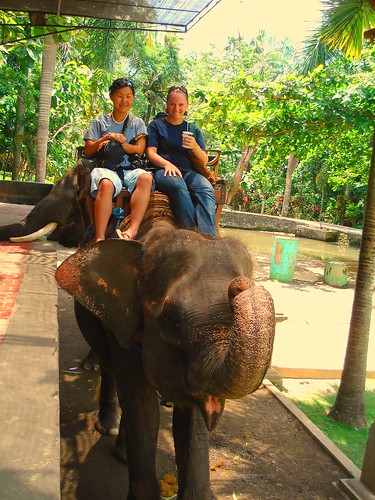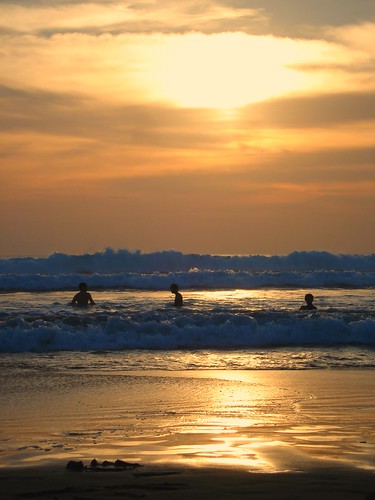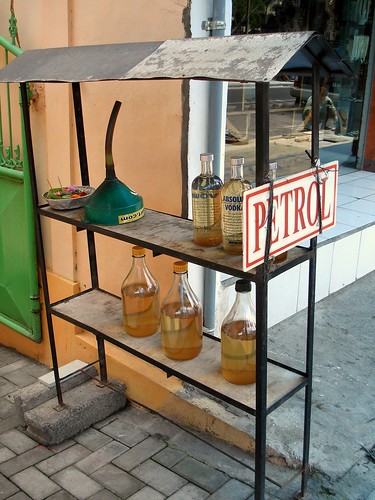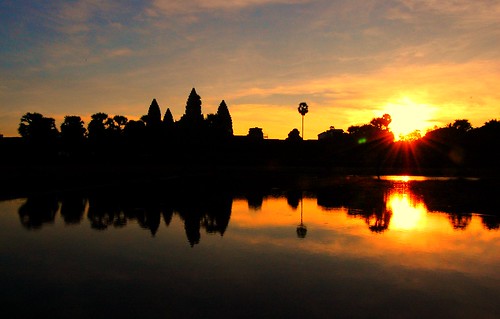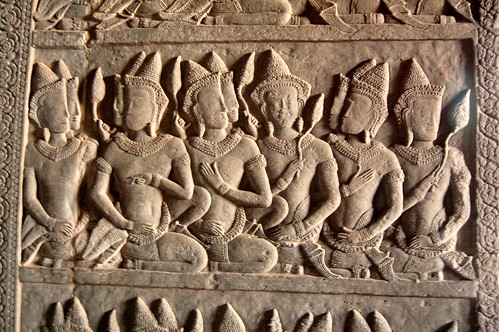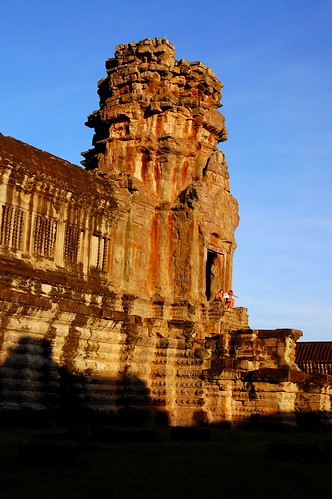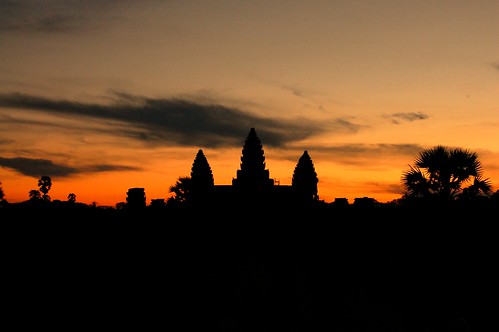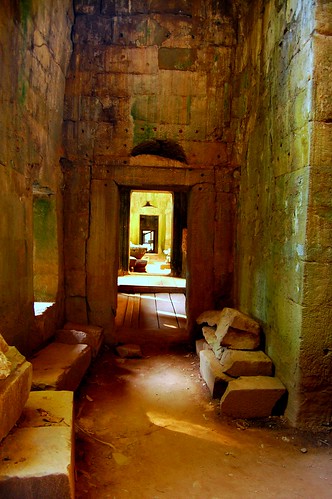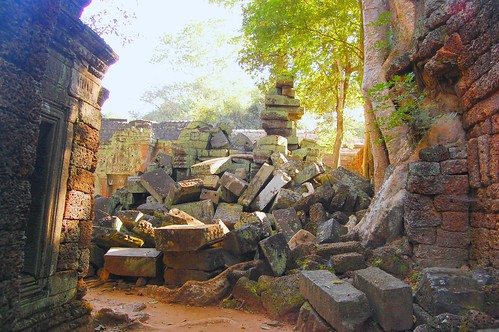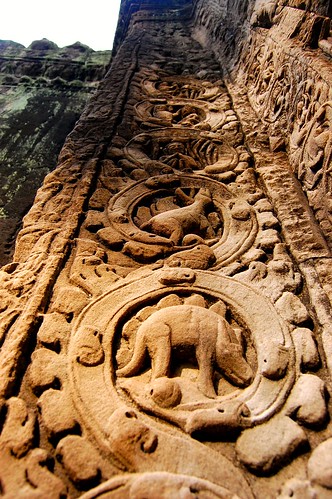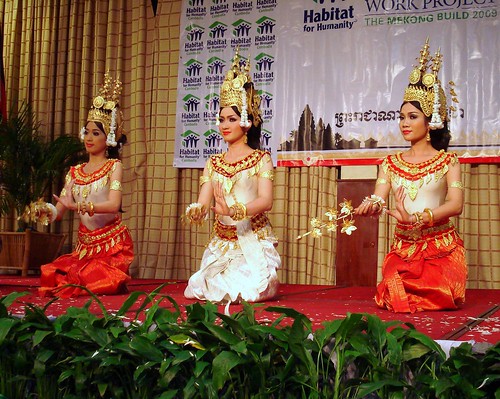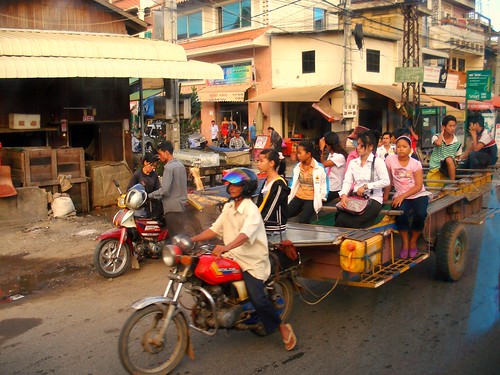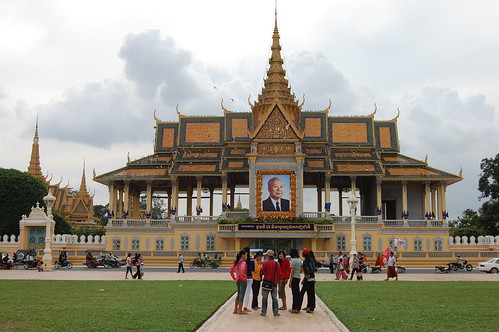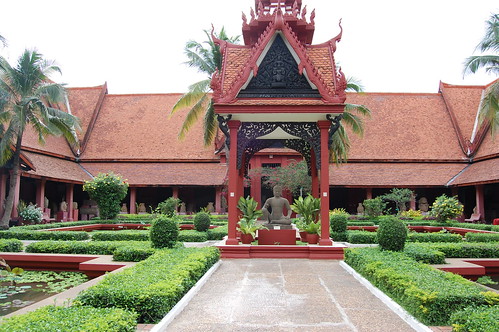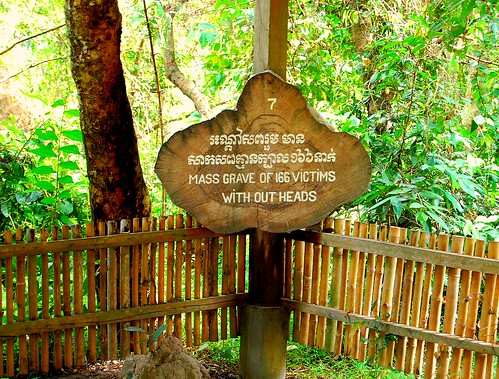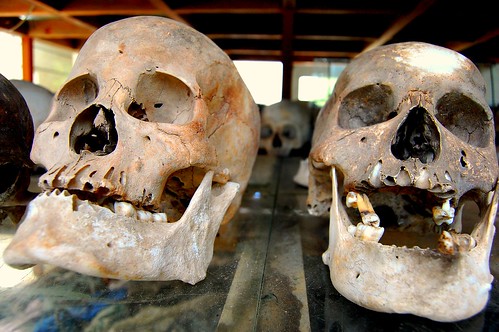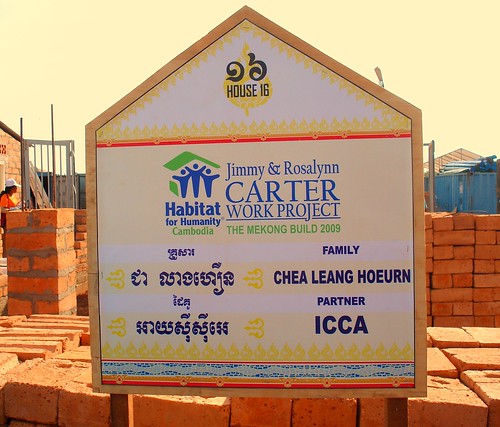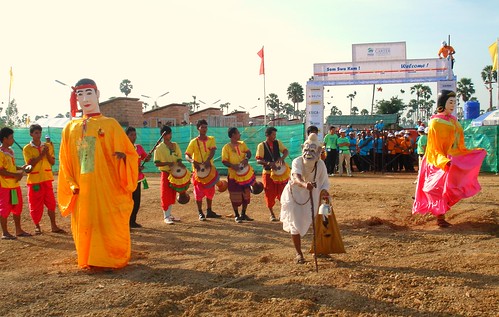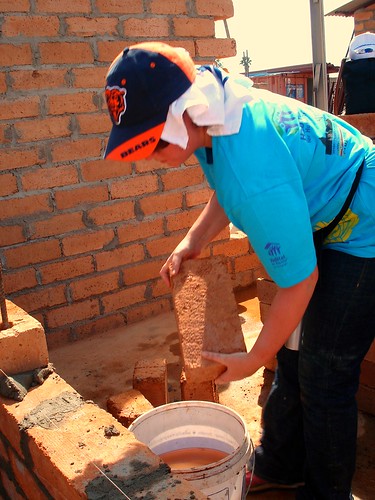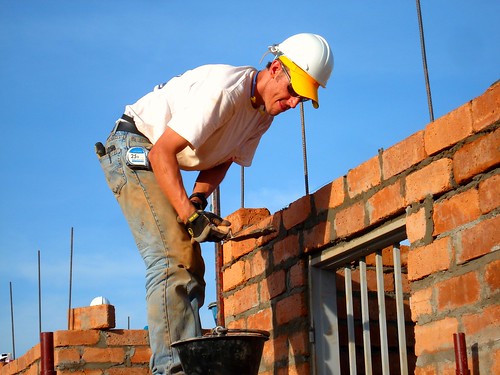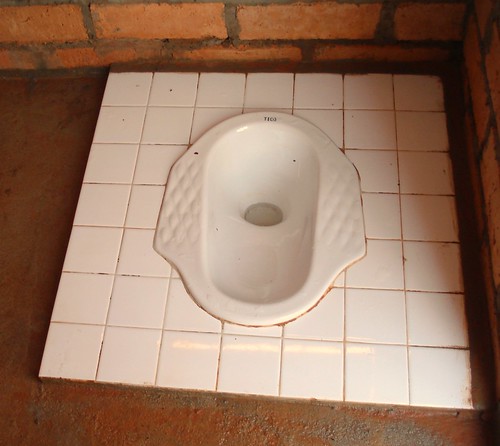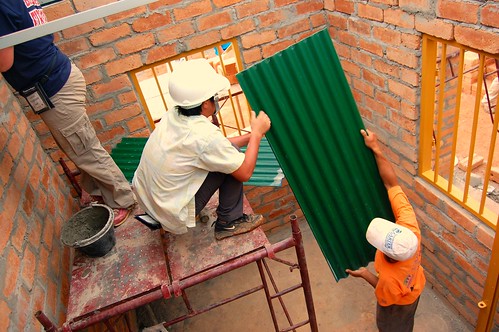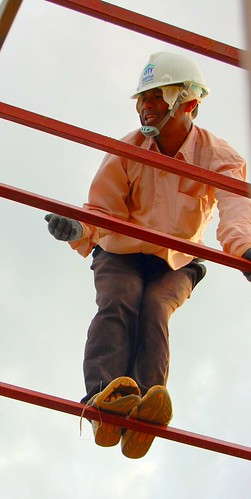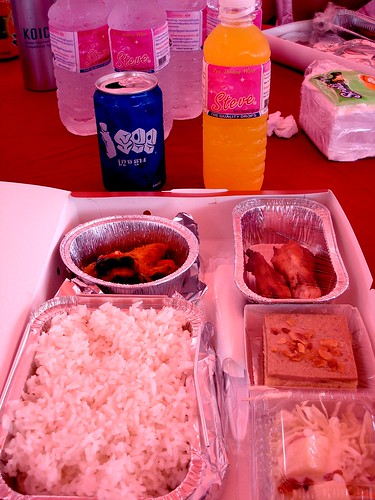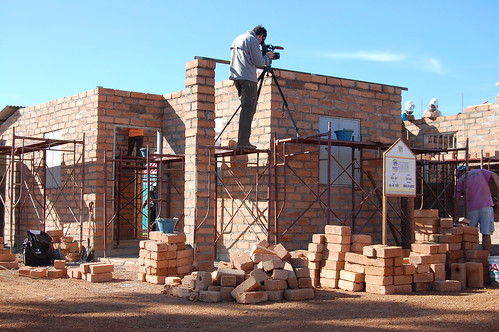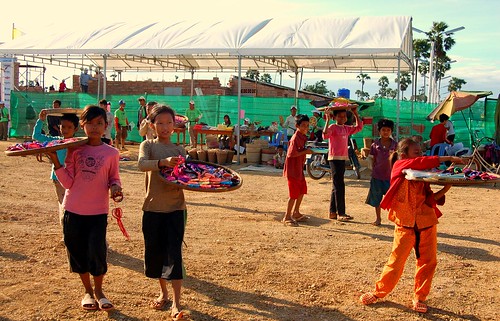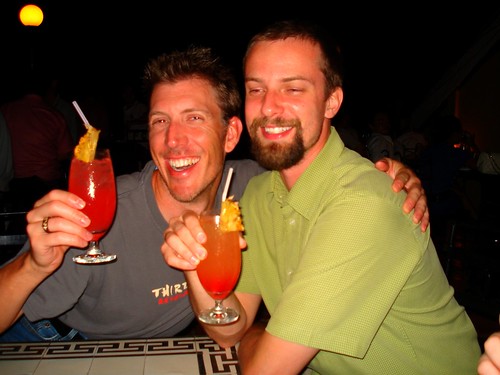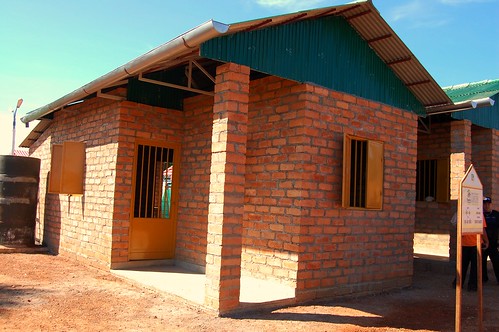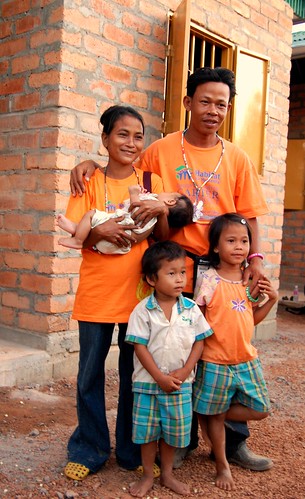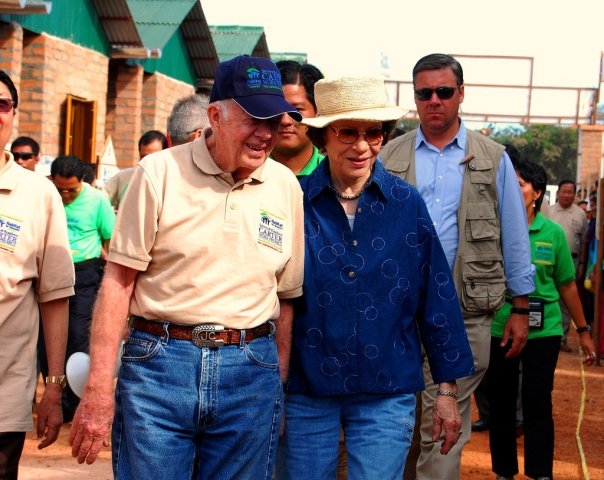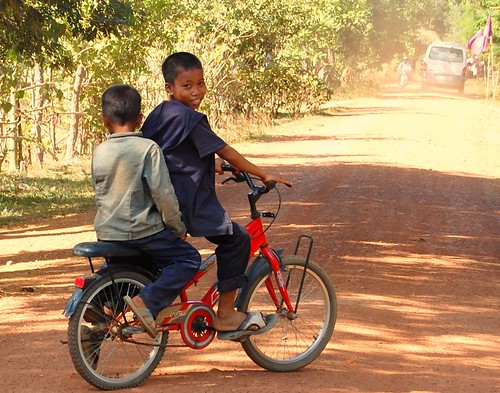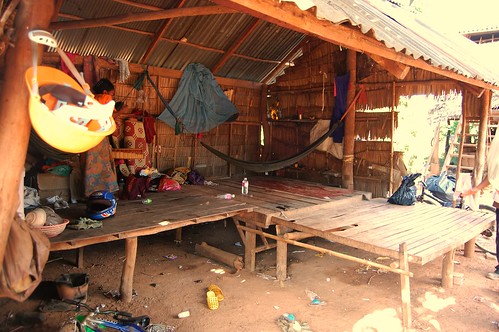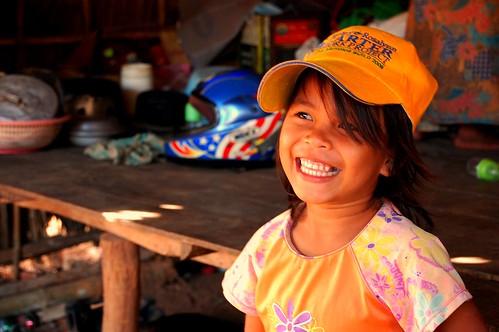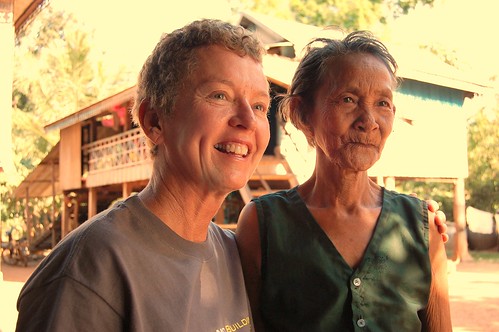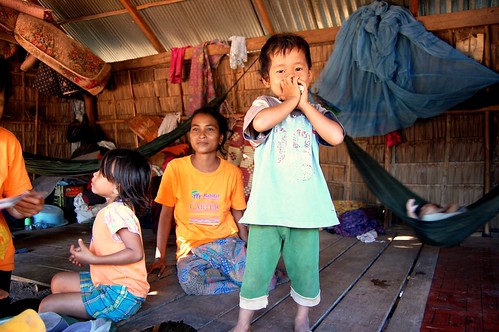This is a recap of a week-long trip to Bali, Indonesia I took during the last week of November 2009. With a population of approximately 3.5 million people and 90% of the population adhering to Balinese Hinduism, Bali is a unique tourist destination renowned for its beautiful beaches and arts.
Bali's largest city is its capital Denpasar, in the south center portion of the island. The beach resorts of Kuta are located to the wet, while the mountainous, central region of Ubud is the center of Balinese culture. We stayed in the Kuta/Seminiyak side of the island, but took frequent trips outside of the area by booking a tour guide/driver since public transit is virtually non-existent. For the price of about USD $30/day, we could book an entire day of festivities including dinner, which we considered a real deal. The rest of this entry will be a mostly photo-based recap of the major sites and experiences we encountered in Bali.
Pura Tamun Ayun
One of many temples in Bali we visited, Pura (meaning temple) Tamun Ayun is located in Mengwi Village, 18 kilometers north of Denpasar. It was pretty and surrounded by a large fish pond so as to appear afloat on water.
As an artistic area on Bali's west side, Batubalan is famous for the Barong dance. Barong is a Balinese mythical character known as the king of spirits, leader of god, and enemy of Rangda, the demon queen or witch. He is often represented as the lion. You can see a clip of the Barong dance below.
Additionally, this area of Bali is home to many other arts such as a natural herb garden and painters, wood carvers, gold and silver workers, bone carvers, and batik artists. Many art vendors will run their businesses in traditional Balinese housing compounds, with the entire family involved in the artistic process.
Ubud
Located in the central foothills of Bali, Ubud was once the source of medicinal herbs and plants, but today is known for an abundance of rice paddies. The Monkey Forest is a sacred nature reserve located in Ubud, where over three hundred Crab-Eating Macaque monkeys live.
Pura Tanah Lot
Located in Western Bali, Tanah Lot is a rock formation home to a pilgrimage temple, which is on of seven sea temples built around the Balinese coast.
Pura Luhur Uluwatu
Another Balinese sea temple is located in Uluwatu. A word on the monkeys: unlike their counterparts at Monkey Forest, these monkeys are much more aggressive and keen on stealing sunglasses and water bottles from unsuspecting tourists. I had my sunglasses stolen, as well as my hairband which was yanked out of my hair by a monkey. The traditional Balinese Kecak dance is also performed nightly in Uluwatu. Known also as the Ramayana Monkey Chant, this dance is performed mostly by men who chant "cak" to tell the story of the monkey-like Vanara helping Prince Rama fight evil King Ravana.
Dreamland Beach
One of Bali's most beautiful beaches is located on the Bukit Peninsula and is the site of the failed Pecatu Graha development planned by the corrupt youngest son of former Balinese president Suharto.
Balinese Wildlife
After snorkeling in crystal clear waters where fish swam into our hands to feed on bread pieces, we spent an afternoon at a "petting zoo" of sorts on Turtle Island. Besides turtles, we saw and pet a toucan, eagle, flying fox (fruit bat), moniker lizard, and python. On another day, we also spent a morning white water rafting and riding elephants.
Kuta/Seminiyak
This was our homebase in southern Bali. A former fishing village, Kuta is full of narrow streets with tiny cars and vespahs, and tons of touristy vendors, This is a major tourist area known for the long sandy Kuta Beach and Double Six Beach. There is an abundance of surfing, shopping, and good eats in this area of Bali.
»» read more
Stephanie and I in Bali
Bali's largest city is its capital Denpasar, in the south center portion of the island. The beach resorts of Kuta are located to the wet, while the mountainous, central region of Ubud is the center of Balinese culture. We stayed in the Kuta/Seminiyak side of the island, but took frequent trips outside of the area by booking a tour guide/driver since public transit is virtually non-existent. For the price of about USD $30/day, we could book an entire day of festivities including dinner, which we considered a real deal. The rest of this entry will be a mostly photo-based recap of the major sites and experiences we encountered in Bali.
Pura Tamun Ayun
One of many temples in Bali we visited, Pura (meaning temple) Tamun Ayun is located in Mengwi Village, 18 kilometers north of Denpasar. It was pretty and surrounded by a large fish pond so as to appear afloat on water.
This was posted in front of all of the temples we visited in Bali.
Entrance to the temple.
Giant fish pond surrounding the temple.
BatubalanAs an artistic area on Bali's west side, Batubalan is famous for the Barong dance. Barong is a Balinese mythical character known as the king of spirits, leader of god, and enemy of Rangda, the demon queen or witch. He is often represented as the lion. You can see a clip of the Barong dance below.
Additionally, this area of Bali is home to many other arts such as a natural herb garden and painters, wood carvers, gold and silver workers, bone carvers, and batik artists. Many art vendors will run their businesses in traditional Balinese housing compounds, with the entire family involved in the artistic process.
Men carving the wood...
...and women polishing the wood.
Ubud
Located in the central foothills of Bali, Ubud was once the source of medicinal herbs and plants, but today is known for an abundance of rice paddies. The Monkey Forest is a sacred nature reserve located in Ubud, where over three hundred Crab-Eating Macaque monkeys live.
Ubud Rice Paddies
Macaques in Monkey Forest
Pura Tanah Lot
Located in Western Bali, Tanah Lot is a rock formation home to a pilgrimage temple, which is on of seven sea temples built around the Balinese coast.
Pilgrims and tourists flocking toward Purah Tanah Lot.
Pura Luhur Uluwatu
Another Balinese sea temple is located in Uluwatu. A word on the monkeys: unlike their counterparts at Monkey Forest, these monkeys are much more aggressive and keen on stealing sunglasses and water bottles from unsuspecting tourists. I had my sunglasses stolen, as well as my hairband which was yanked out of my hair by a monkey. The traditional Balinese Kecak dance is also performed nightly in Uluwatu. Known also as the Ramayana Monkey Chant, this dance is performed mostly by men who chant "cak" to tell the story of the monkey-like Vanara helping Prince Rama fight evil King Ravana.
View from Uluwatu.
Monkey with stolen water bottle at Uluwatu.
Dreamland Beach
One of Bali's most beautiful beaches is located on the Bukit Peninsula and is the site of the failed Pecatu Graha development planned by the corrupt youngest son of former Balinese president Suharto.
Balinese Wildlife
After snorkeling in crystal clear waters where fish swam into our hands to feed on bread pieces, we spent an afternoon at a "petting zoo" of sorts on Turtle Island. Besides turtles, we saw and pet a toucan, eagle, flying fox (fruit bat), moniker lizard, and python. On another day, we also spent a morning white water rafting and riding elephants.
Moniker lizard
Flying fox
A 15 year old python snake.
Riding an elephant
Kuta/Seminiyak
This was our homebase in southern Bali. A former fishing village, Kuta is full of narrow streets with tiny cars and vespahs, and tons of touristy vendors, This is a major tourist area known for the long sandy Kuta Beach and Double Six Beach. There is an abundance of surfing, shopping, and good eats in this area of Bali.
Double Six Beach
Makeshift petrol stations in Kuta.


